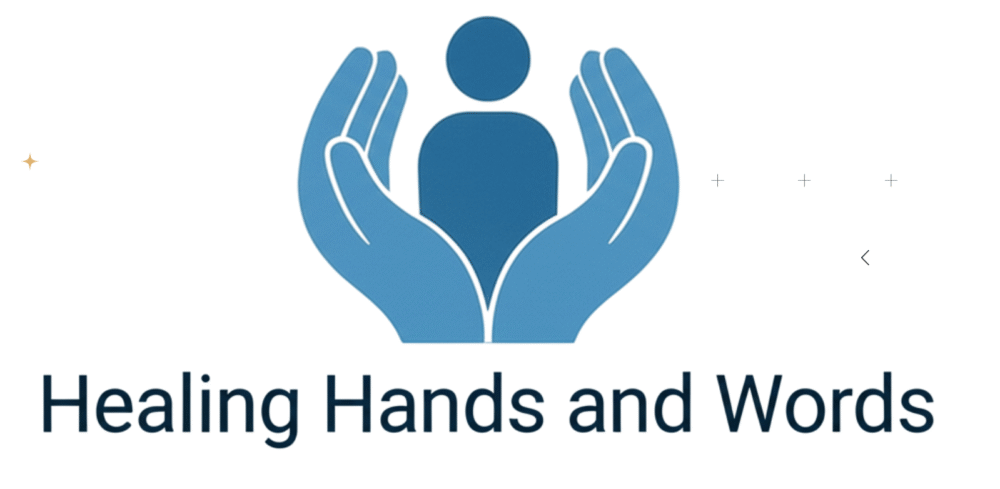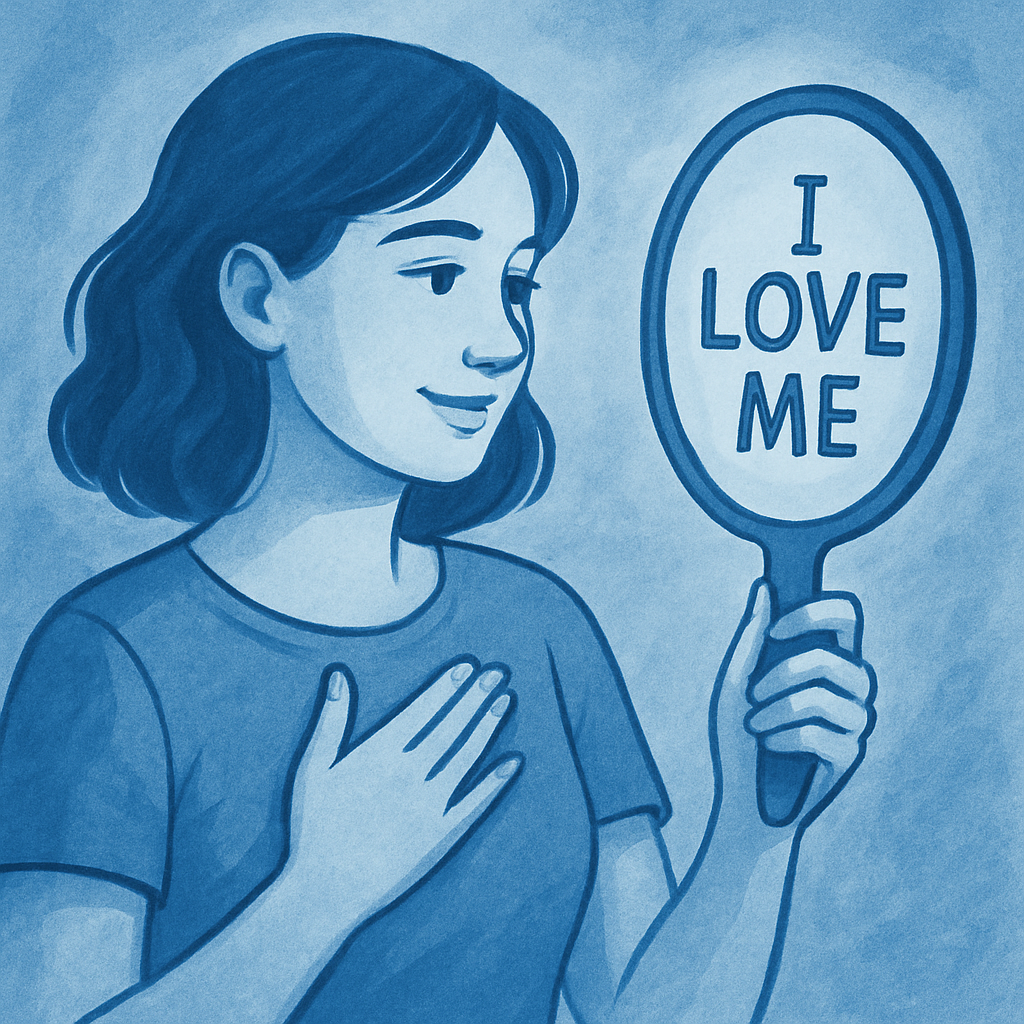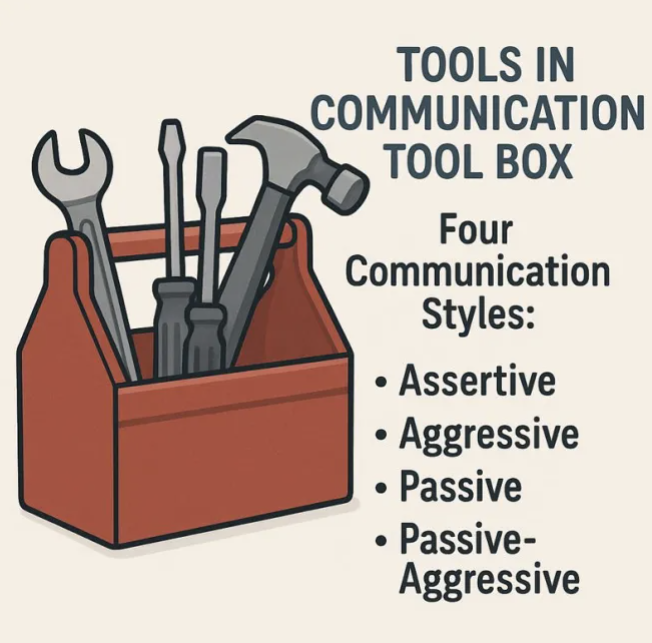
The communication tool box includes four communication styles: assertive, aggressive, passive, and passive-aggressive . I learned these tools while working and training as a nurse counselor . I was taught basic communication techniques in school .I learned that it takes more than “head knowledge” to apply these skills . To be an effective communicator ,I had to be able to recognize these styles while talking with others.It is necessary to understand the way people convey and receive messages. Gaining this knowledge affected my ability to understand and help others.These communication tools are learned from childhood upbringing, past experiences ,observations of others, and cultural norms.Learning and understanding these four communications styles makes us better communicators.
To illustrate these four styles, I led a group session and observed communication styles. I asked the question,” how do you respond when someone cuts in front of you in line ?” Tom replies in a loud voice pointing at me, using intense eye contact, “ hey, who do you think you are cutting in front of me like that, get to the back ?” The next response is from Mary, she speaks in a soft unsure voice, as she looks down avoiding eye contact. “It’s okay, maybe they’re in a hurry.” Next Pat states in a calm and respectful voice using direct eye contact, “Excuse me, I was next in line. I’d appreciate it, if you could wait your turn.” Then, Jim speaks in a sarcastic indirect tone of voice as he mutters under his breath . He rolls his eyes and states ,”wow must be nice to think the rules don’t apply to everyone .” This is four examples of the four communication styles.Take a few minutes to guess which style each person uses. Following our discussion of different styles ,it will be fun to see who guesses correctly.

Assertive is the first style we will discuss .This form is the most effective tool used in conveying information to others.It utilizes direct and honest communication .With this manner of interaction ,questions are asked and opinions are shared in a clear and confident manner.Assertive people feel comfortable considering the needs and feelings of others.While observing ,I noticed a person speaking in a respectful voice well maintaining friendly eye contact . This person’s body language matches the message they are sending or receiving . They actively listen without interrupting .They do not judge or exaggerate .The assertive person is open to feedback.I noticed when this person interacts with others ,they use “I statements”. An example of an assertive statement is ,”I feel angry when you yell at me.” Instead of saying,” you make me so mad.” In conclusion, a potential issue with this tool , it can be difficult to master but can be learned with a lot of practice.
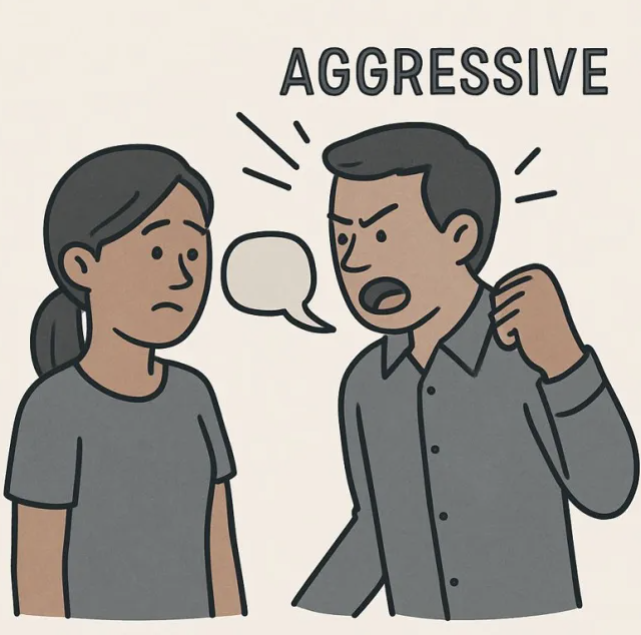
Next, the aggressive style of communication is discussed . This communicator focuses on achieving goals at all costs with no consideration for the other person,even if the other person may experience negative consequences.This communicator is not interested in collaboration or agreement.An aggressive type often speaks in a loud hostile voice while using intense eye contact .I observed this person using intimidating body language frequently invading the other person’s body space . Their thoughts and feelings are expressed without a filter .I noticed that many times ,they dominate verbal interactions. They respond before thinking.The aggressive style of communication negatively affects relationships .It decreases productivity in the workplace.This communicator usually uses “you statements “. They may say,” you never listen to anything I say.You’re always too busy thinking about yourself.”

The passive style is the next communication style. I viewed this communicator as a person who has difficulty expressing their thoughts and feelings.When I ask a question their answer is not direct, it is vague . I noticed the passive communicator wants to please others avoiding a conflict.They ignore their own wants and needs putting others first. During this interaction, I noticed they frequently speak in a soft apologetic tone of voice while avoiding eye contact .Their body language demonstrates an uncomfortable person fidgeting in their chair with poor posture. This is an example of a passive statement,”It’s okay I guess it doesn’t matter what I want .”
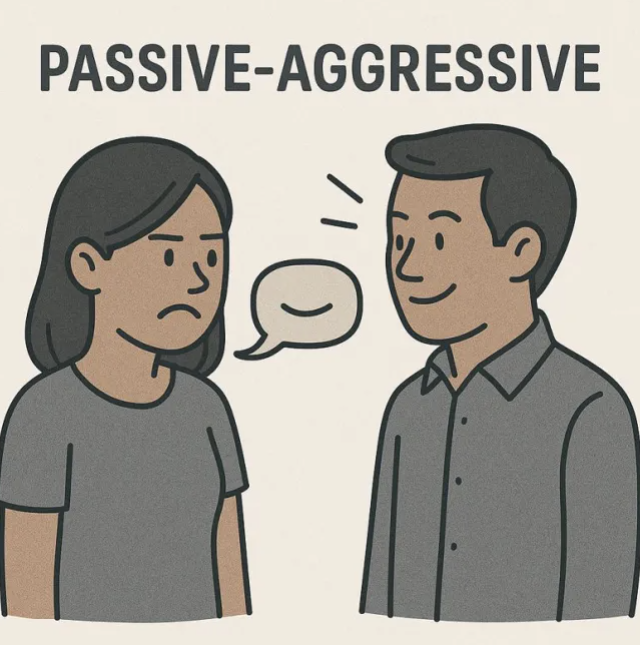
The fourth communication style is passive-aggressive. This type of communicator responds in an indirect way keeping their thoughts and feelings to themselves .They do not deal with their source of irritation or annoyance. I noticed this communicator acts passively on the surface but expresses their anger or dissatisfaction indirectly by using sarcasm, insults ,procrastination, or a backhanded compliment. I noted their tone of voice is either flat or overly sweet, it does not match their message .A lot of times, it sounded mocking or insincere. I note this passive-aggressive communicator avoids eye contact.When irritated with me ,he rolls his eyes but is unwilling to confront me . He sends mixed messages. His body language exhibits that he is closed off as he stands with his arms crossed and turned slightly away from me.This form of communication is manipulative and complicates relationships .An example of a passive-aggressive statement ,”I’ll do it ,like I do everything around here .”
The group session ended. I thought about each of their responses to the question,” how do you respond when someone cuts in front of you in line ?” Let’s see if you put the correct person with the correct communication style. During the session, four people responded to the question using one of the communication styles .The group member, Pat, used the assertive tool . Mary used the passive tool. Tom used the aggressive tool and Jim used the passive-aggressive tool.
After completing this group session, I summarized that understanding these four communication styles empowers me to connect better with each individual style, advocate for myself, and others. I was able to build healthier, more respectful interactions. Next, I look in my communication toolbox . I discovered that identifying these different styles will involve us actively listening,not thinking about what we will say next. I watch their body language ,their eye contact, listen to tone of voice ,another vital tool.In addition ,I need to be aware of my own body language . I asked questions to help me better understand their point of view.This tool helps me build connections and demonstrate my interest in their verbalizations. Finally ,I summarized what I heard them say and confirmed making sure we understand each other.These tools in my toolbox greatly improved communication.
Discover more from
Subscribe to get the latest posts sent to your email.
